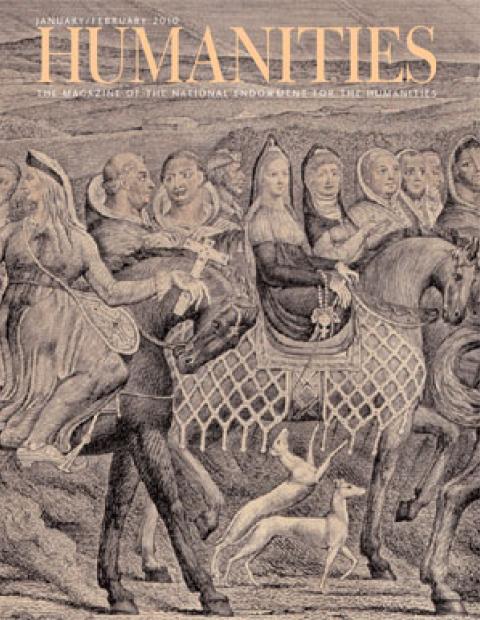When most of us hear talk of Acadians, we think of Longfellow’s epic poem Evangeline and of the British forcing French-speakers from eastern, maritime Canada in the mid eighteenth century. We may remember, too, that most Acadians wound up in Louisiana and that they are the ancestors of present-day Cajuns in the Bayou country. But the Acadians most of us don’t know much about are the many who chose not to go, and who remained in what is today the province of New Brunswick and the state of Maine. These descendants of French settlers, some of whom had arrived in Acadia more than a hundred years before “Le Grand Dérangement,” or the Great Expulsion, fled into the woods and lived as refugees, learning survival skills from the native peoples of the St. John Valley. The river there now forms part of the U.S.–Canadian boundary between Maine on the south and New Brunswick and Quebec to the north.
The Maine Humanities Council has helped fund a booklet and CD, Voici the Valley Cultureway, and a website that serve as companions for anyone visiting the francophone towns that lie on both sides of the St. John River. A website on the newly renovated Catholic church now serving as cultural museum in Mont-Carmel, Maine, also with funding from the council, is forthcoming, possibly as early as spring 2010.
This hundred-mile stretch along the international boundary may seem isolated to most U.S. citizens, but it’s actually Main Street Canada to folks north of the border. Today about fifty-five thousand people, mostly of French heritage, live in the Valley, but there is a significant Scots-Irish population as well. Also forming part of the mosaic are descendants of the Maliseet and Mi’kmaq Indians who intermarried with French-speakers. They are known as Métis and have often helped bridge cultural gaps.
The region had been a crossroads ever since the French first began exploring the river in 1604. This mixed heritage has produced the Madawaskan architectural style; legendary heroes based on historical fact such as “Tante” Blanche, who gathered food on a sled during a fierce storm in 1797 and saved many lives; a musical tradition including ballads, laments, and lays dating back to the Middle Ages; and textile- and furniture-making skills handed down over generations.
Following the Great Expulsion, native people shared their trapping and planting knowledge with the Acadians: Some craftsmen still make the traditional snowshoes that were needed to survive in winter, and the Indians supplied new crops to Acadian devotees of the moon sign gardening that came from France—in which planting is scheduled according to lunar phases.
Moon sign gardening had nothing to do with making moonshine but there was that, too, called bogasse, which was smuggled across the river in truckloads of manure to such U.S. clients as Al Capone.


